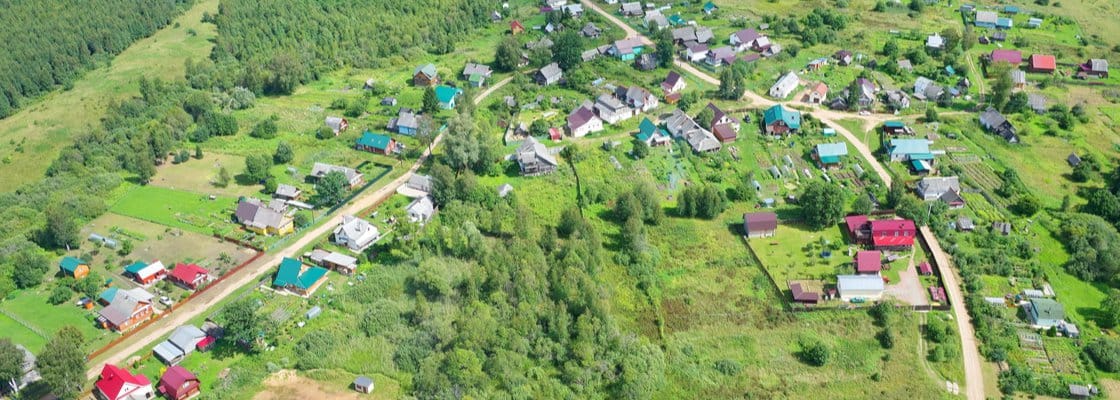New America Foundation Panel Promotes a Hybrid Wireless-Fiber Network Architecture
WASHINGTON, July 28, 2017 – The New America Foundation’s wireless project promoted a hybrid fiber and wireless technology approach at a Tuesday event, “Shared Spectrum as a Fiber Extension,” discussing ways to make high-speed broadband internet more available through an additional 500 megahertz of w

WASHINGTON, July 28, 2017 – The New America Foundation’s wireless project promoted a hybrid fiber and wireless technology approach at a Tuesday event, “Shared Spectrum as a Fiber Extension,” discussing ways to make high-speed broadband internet more available through an additional 500 megahertz of wireless spectrum.
Moderated by Michael Calabrese, director of the wireless future project at the Open Technology Institute of New America, the panelists included Jeff Kohler, co-founder of Rise Broadband, Andrew Clegg, spectrum engineering lead from Google, Brian Hinman, CEO of Mimosa Networks, Ellen Satterwhite of the American Library Association, and Kalpak Gude, president of Dynamic Spectrum Alliance.
The technology at issue is a point to multipoint fixed wireless deployment, which does so while still protecting fixed satellite service and around 100 other fixed wireless services from radiofrequency interference.
Hybrid fiber is the “key to the future,” said Satterwhite. “The United States has over 120,000 libraries and 60 percent [of them] are the only access [locations] for computer [and the internet]; 77 million people use the internet at libraries within a year.”
The need to expand license is and sharing existing spectrum fiber lines to rural areas will be important to make the jump to 5G wireless, instead of relying upon a “pay as you go” system.
“The advantage of fixed wireless is the cost of deployment,” said Kohler, particularly in serving rural parts of the country. Fixed wireless networks do allow for higher capacity through shared services.
Brian Hinman stressed the importance of accommodating the public with 5G-like access to internet. “The economics are not going to allow fiber, but if we can deliver the equivalent of fiber and do it wirelessly, that’s what we really want to accomplish.”
Hence, with the proposal of moving from a fiber-based broadband to a hybrid wireless- fiber extension, costs can be reduced and more people will enjoy the benefits of deployment.
The brief question and answer session centered around costs and timelines.
(Photo from New America Foundation.)








Member discussion